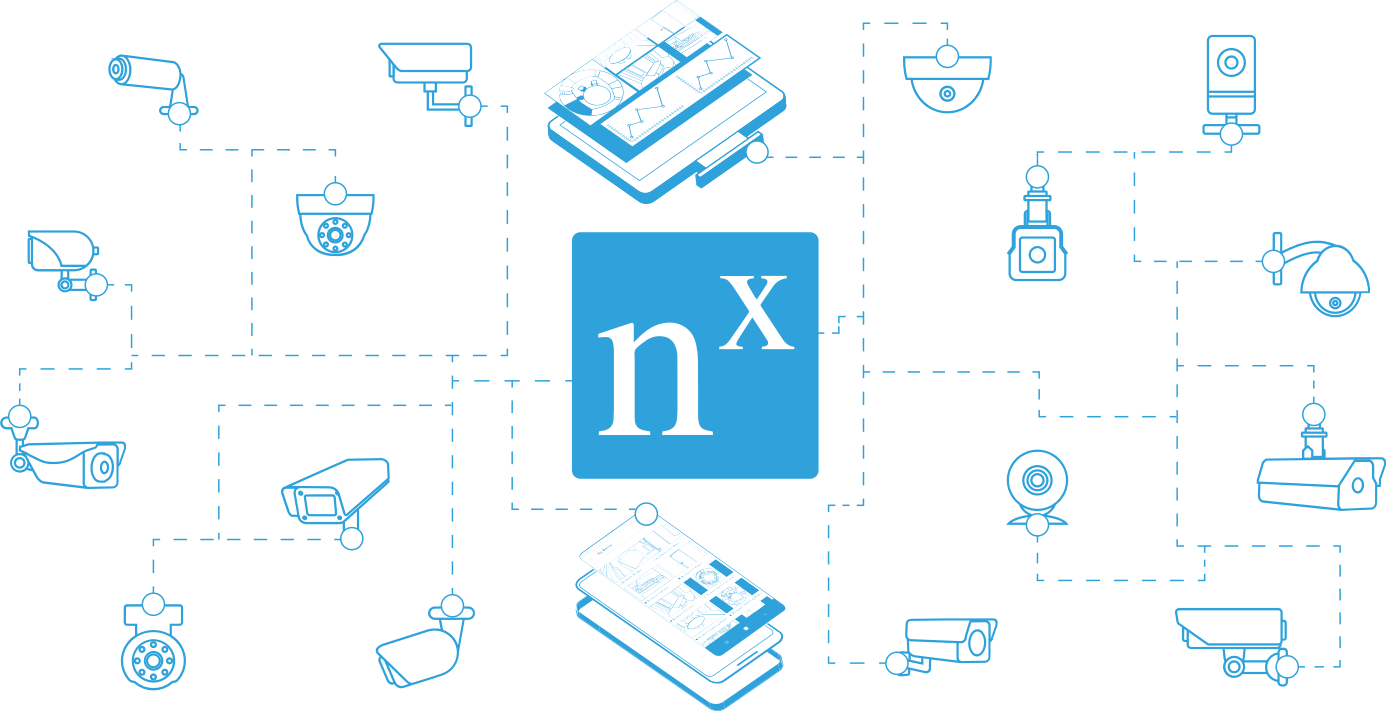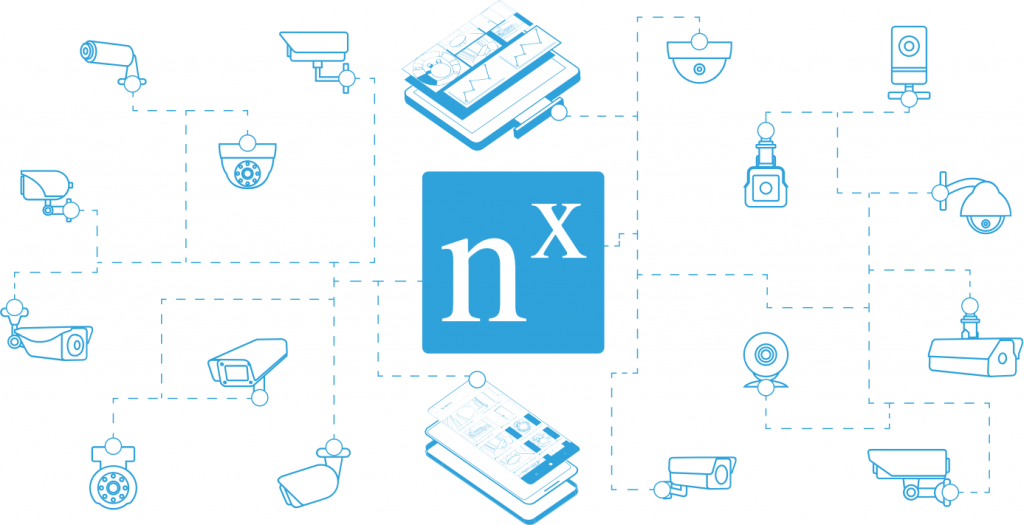What is ONVIF?
ONVIF = Open Network Video Interface Forum.
A common term you may come across in the IP Video industry is ONVIF. ONVIF – an acronym standing for Open Network Video Interface Forum – is both a global forum and a global protocol that allows different surveillance and security devices from different manufacturers to operate together seamlessly.
ONVIF began in 2008 as an effort by Axis, Bosch, and Sony to create an easier path for software developers to integrate with and maintain support for IP cameras. ONVIF continues to evolve today to include other types of surveillance devices like Access Control and Alarm.
Why is ONVIF important?
ONVIF = a standard way to talk to security devices.
Before ONVIF every manufacturer defined their own protocols and pushed VMS (Video Management Software) companies to implement support. This caused many issues for VMS companies as it limited the number of manufacturers and devices VMS’s could reliably support. As a result end-customers faced limitations when designing a VMS, having to pay close attention to compatibility between cameras and software.
ONVIF profiles were designed to address these issues by standardizing a common way for software to talk to IP camera (and later, access control, alarm, and more) devices.
What are ONVIF Profiles?
ONVIF currently has 6 profiles for security devices, listed below.
ONVIF Profiles A & C are for Access Control Devices
- A Profile A conformant device can retrieve information, status and events, and configure entities such as access rules, credentials and schedules. A Profile A conformant client can provide configurations of access rules, credentials and schedules. The client can also retrieve and receive standardized access control-related events.
- Profile C conformant devices and clients support site information, door access control, and event and alarm management.
ONVIF Profiles G, Q, S, and T are for Video Devices
- An ONVIF Profile G device (e.g., an IP network camera or video encoder) is one that can record video data over an IP network or on the device itself. A Profile G client (e.g., a video management software) is one that can configure, request, and control recording of video data over an IP network from a Profile G conformant device. Profile G also includes support for receiving audio and metadata stream if the client supports those features.
- An ONVIF Profile Q conformant device is one that can be discovered and configured by a Profile Q client. A Profile Q conformant client is one that can discover, configure and control a Profile Q device over an IP network. Profile Q also covers specifications for TLS (Transport Layer Security) configuration for conformant products that support this feature.
- An ONVIF Profile S device (e.g., an IP network camera or video encoder) is one that can send video data over an IP network to a Profile S client. A Profile S client (e.g., a video management software) is one that can configure, request, and control video streaming over an IP network from a Profile S device. Profile S also covers ONVIF specifications for PTZ control, audio-in, multicasting and relay outputs for conformant devices and clients that support such features.
- An ONVIF Profile T device supports video streaming features such as the use of H.264 and H.265 encoding formats, imaging settings, and alarm events such as motion and tampering detection. Mandatory features for devices also include on-screen display and metadata streaming, while mandatory features for clients also include PTZ control. Profile T also covers ONVIF specifications for HTTPS streaming, PTZ configuration, motion region configuration, digital inputs and relay outputs, and bidirectional audio for conformant devices and clients that support such features.
ONVIF’s Impact on the Security Industry & Nx
ONVIF has collaborated with the International Electrotechnical Commission (IEC) and the European Committee for Electrotechnical Standardization (CENELEC) to ensure that ONVIF protocols become the international standard for all devices involved in security and surveillance.
In the late 2000’s many large IP video device manufacturers in China like Hikvision and Dahua adopted ONVIF as a standard. As Hikvision and Dahua, at the time, were OEM manufacturers for many international surveillance brands this cemented ONVIF as THE industry standard.
ONVIF has since been adopted by most manufacturers (both software and hardware) in the security industry today. As of May 2019, ONVIF standards have been implemented across 12,000 products. This has allowed software development companies like Network Optix to create open, extensible video management solutions with the ability to support hundreds of manufacturers and tens of thousands of devices.
Nx Witness VMS, for example is able to support 99% of IP cameras (see the Nx Witness supported devices list) in the market today primarily because of ONVIF.



